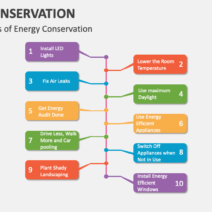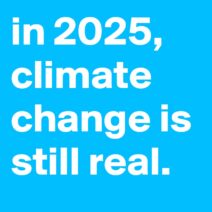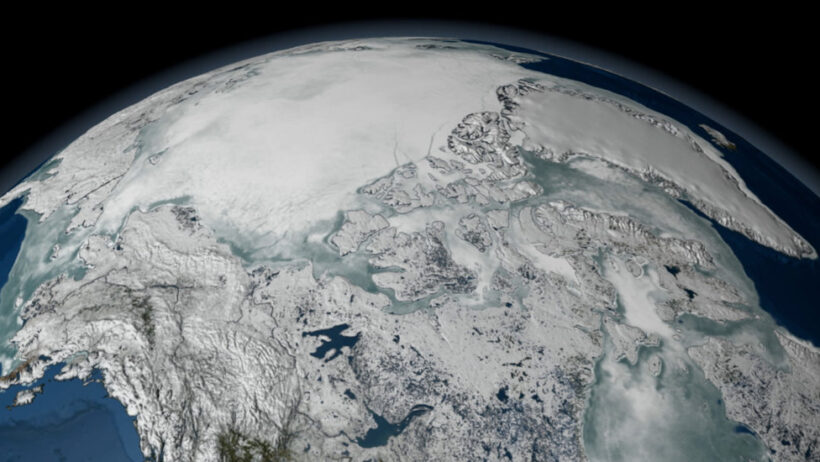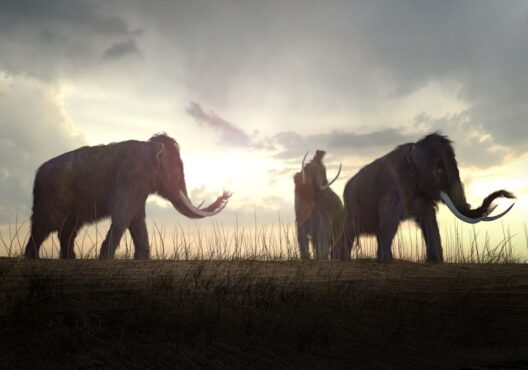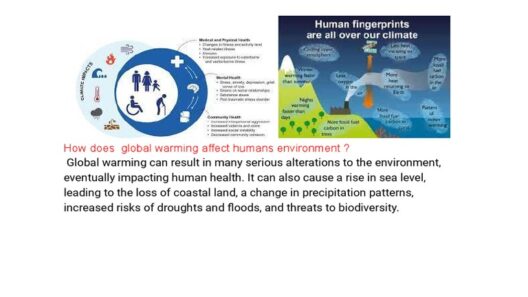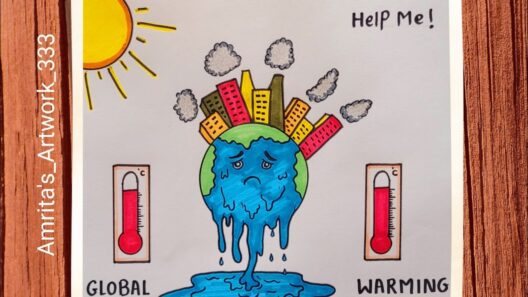The climate equation is a multifaceted puzzle that continues to confound scientists and policymakers alike. As the cogs of this intricate assembly churn, the result is a planet increasingly warming under the unrelenting pressure of human activity. Each component of this equation—greenhouse gas emissions, deforestation, oceanic currents—plays a pivotal role in shaping our climatic fate. To fully grasp the enormity of the climate crisis, one must delve into these interconnected factors.
The primary variable in the climate equation is undoubtedly greenhouse gas emissions. Carbon dioxide (CO2) and methane (CH4) are the primary culprits, stemming largely from industrial practices and agricultural systems. Picture the Earth as a greenhouse where these gases act as glass panels, permitting sunlight to enter while preventing heat from escaping. Leading to a concentration of warmth, this phenomenon epitomizes the greenhouse effect, and its ramifications are dire. The Intergovernmental Panel on Climate Change (IPCC) has reiterated that without immediate and substantial reductions in these emissions, global temperatures are on a trajectory to rise unfathomably, with projections estimating an increase of up to 4 degrees Celsius by the end of the century.
Yet, emissions are merely part of the equation. Deforestation compounds the dilemma significantly. Trees are not just beautiful elements of the ecosystem; they are crucial carbon sinks. Every tree felled represents a loss in the Earth’s ability to absorb CO2, exacerbating the greenhouse effect. The Amazon rainforest, often dubbed the “lungs of the planet,” is being decimated at an alarming rate to make way for agriculture, mining, and urban development. This destruction not only contributes to increased atmospheric CO2 but also disrupts biodiversity, pushing countless species to the brink of extinction and destabilizing local ecosystems. The metaphor of “cutting down the lungs of the Earth” succinctly encapsulates this tragic reality.
Equally crucial to understanding climate dynamics are the oceans, which act as both a buffer and a barometer for climate change. They absorb approximately 30% of CO2 emissions, mitigating some of the atmospheric buildup. However, this absorption has its consequences. Ocean acidification occurs as CO2 reacts chemically with seawater, leading to detrimental effects on marine life, particularly organisms with calcium carbonate shells or skeletons, such as corals and shellfish. Coral reefs, the vibrant interdependencies of marine ecosystems, are also suffering from the dual onslaught of warming waters and acidification, rendering them bleached and barren. Think of the oceans as the planet’s circulatory system; when they falter, so too does the health of the entire organism.
Temperature rise also influences atmospheric conditions, resulting in increasingly erratic weather patterns. Extreme weather events—hurricanes, droughts, and wildfires—are becoming more frequent and severe. The symbiotic relationship between climate and weather can be visualized as a delicate dance; even minor shifts in one partner’s movements can result in a calamitous misstep for the entire ensemble. Climate change increases not only the intensity but also the unpredictability of these events, thereby impacting food security, water availability, and human health worldwide.
One cannot overlook the socioeconomic dimensions intertwined with climate change. This global crisis disproportionately impacts marginalized communities, often those least responsible for emissions yet most vulnerable to its effects. Rising sea levels threaten coastal cities, displacing populations and igniting conflicts over resources. To encapsulate this dynamic, envision a well-stocked lifeboat, with affluent nations attempting to secure a safe haven while leaving the vulnerable behind to weather the storm. The ethical responsibilities we hold in relation to climate justice cannot be overstated. In such a symphony of inequality, every note counts; the more we ignore it, the louder the dissonance becomes.
In this tangled web of factors, a glimmer of hope exists in the form of renewable energy technologies. Solar, wind, and hydropower are emerging as viable alternatives to fossil fuels, offering pathways to a more sustainable future. Picture a new engine driving the world forward, one powered by the inexhaustible forces of nature rather than the finite remnants of ancient ecosystems. Transitioning to renewable sources is imperative; however, it is also fraught with challenge. Societal shifts towards sustainability often encounter resistance from entrenched interests that benefit from the status quo—a testament to the inertia that characterizes large-scale systemic change.
Moreover, the mobilization of collective action is vital in addressing climate change. Grassroots movements, international agreements, and innovative policies play critical roles in bridging the chasm between awareness and action. It is as if the climate equation is calling upon us to spearhead an unprecedented coalition, blending the expertise of scientists, the ingenuity of entrepreneurs, and the passion of activists into a formidable force against the impending crisis. Every individual can become a variable in this equation, influencing outcomes through lifestyle choices, advocacy, and education.
At the heart of the climate equation lies a sobering reality: the future of our planet hinges on our collective ability to address these complex factors. Viewing climate change not merely as a challenge but as an opportunity for innovation, empathy, and resilience can lead us to a sustainable future. A world where ecosystems flourish, communities thrive, and social equity prevails is not merely a dream; it is a possibility within our reach, contingent upon our actions today. As we engage with this climate equation, let it be a call to action—an invitation to rethink, reshape, and rebuild our relationship with nature and with each other.
